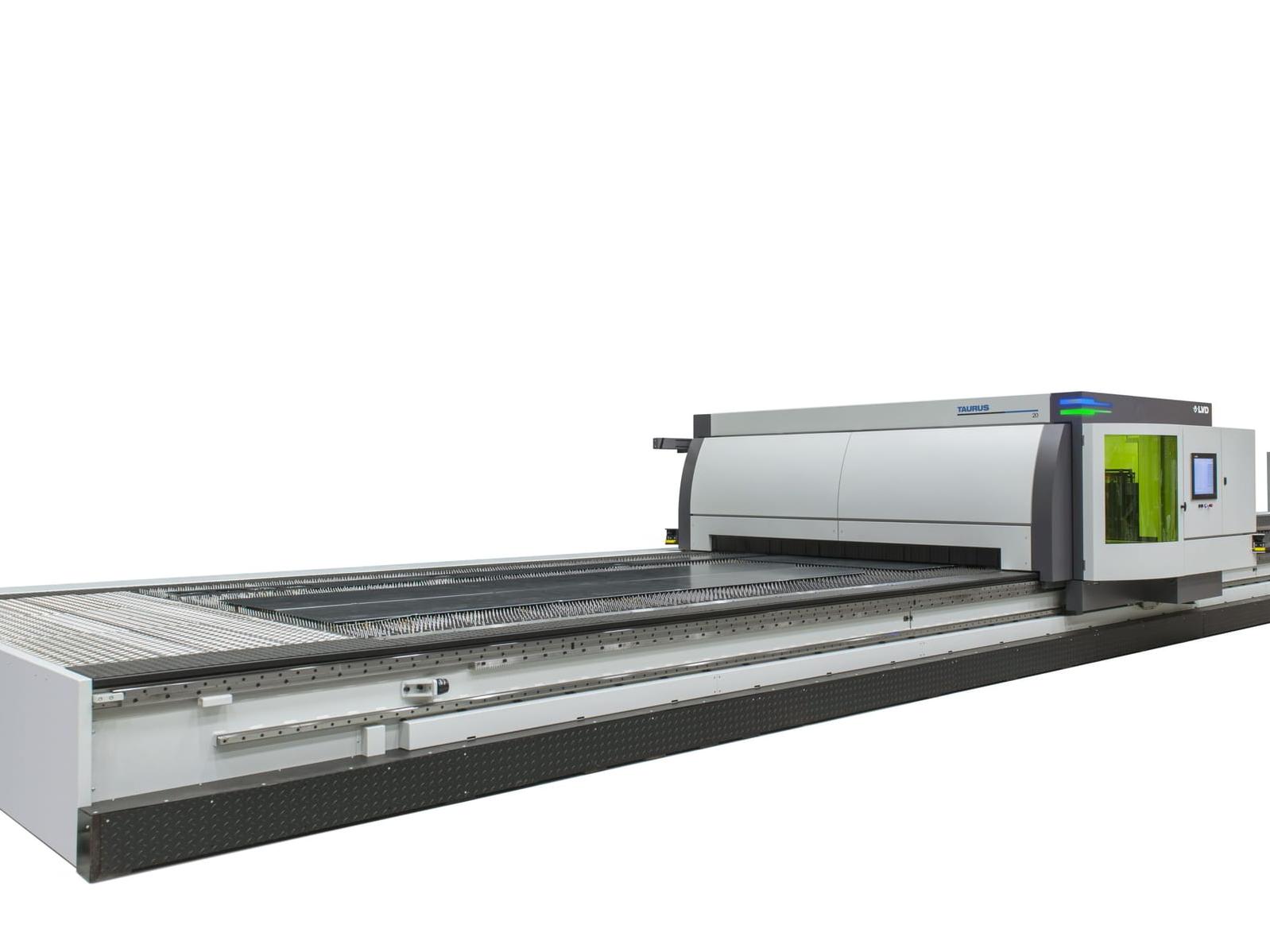Editor’s comment for Mid-March 2024

It’s easy to think of the UK’s objective to reach carbon neutrality by 2050 as something that’s a long way in the future but as we all know, targets of this magnitude simply don’t happen overnight.
Without using too many cliches, it is a ‘journey’ albeit quite a long one. And the best approach to achieving success with sizeable undertakings such as this is to take a little and often approach. It requires a plan; it requires accountability; and it requires commitment. Progress will be on an incremental basis.
And the wheels of change are definitely moving in the right direction. Leading equipment manufacturers – machine tool producers for example – through their own Net Zero initiatives and pressure from customers and supply chains are taking this very seriously.
Generally, machines are being manufactured much more responsibly today, and with intentioned and deliberate consideration for the environment at every stage of the process. From a customer perspective – the people actually buying the equipment – it’s not just solely about feeds, speeds and specifications anymore (although that’s important of course).
Nowadays, many end users will want to know how much energy a machine uses, if it has any energy saving technology built-in and the overall carbon footprint. It’s an ever-increasing part of the overall purchasing decision and for the equipment seller, it could ultimately be the difference between making a sale and not.
For our cover story this month, I spoke to two guys from the AMRC North West in Lancashire about sustainable manufacturing and factories. The AMRC of course needs no introduction as a world-leading research and innovation network that very successfully bridges the gap between academia and industry. It’s also one of seven centres that make up the High Value Manufacturing (HVM) Catapult.
The North West site, located adjacent to BAE Systems’ facility in Samlesbury, is a little different from the others however. It’s the lead site in the group for additive manufacturing; it’s a pioneer in developing battery and battery cell technology; and its home to the largest 5G testbed in the country.
But it also operates as a Low Carbon Smart Building Demonstrator. A somewhat ambiguous title perhaps, but it’s pretty self-explanatory. The entire building – including infrastructure, equipment and the manufacturing processes and research carried out within – is designed to be a demonstrator of advanced and sustainable technologies.
Check out the article on page 16 for more information, but basically, if you’re a manufacturing company looking for advice on how to start on your Net Zero journey, the AMRC is a great place to start.












